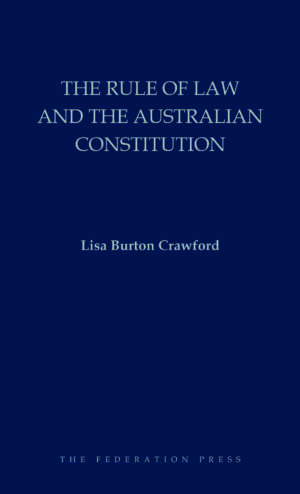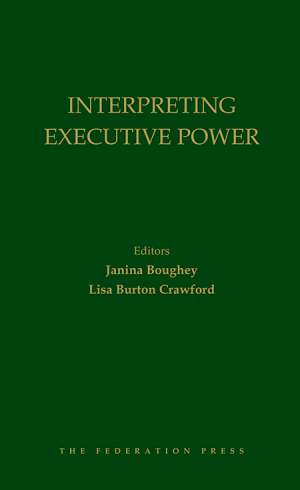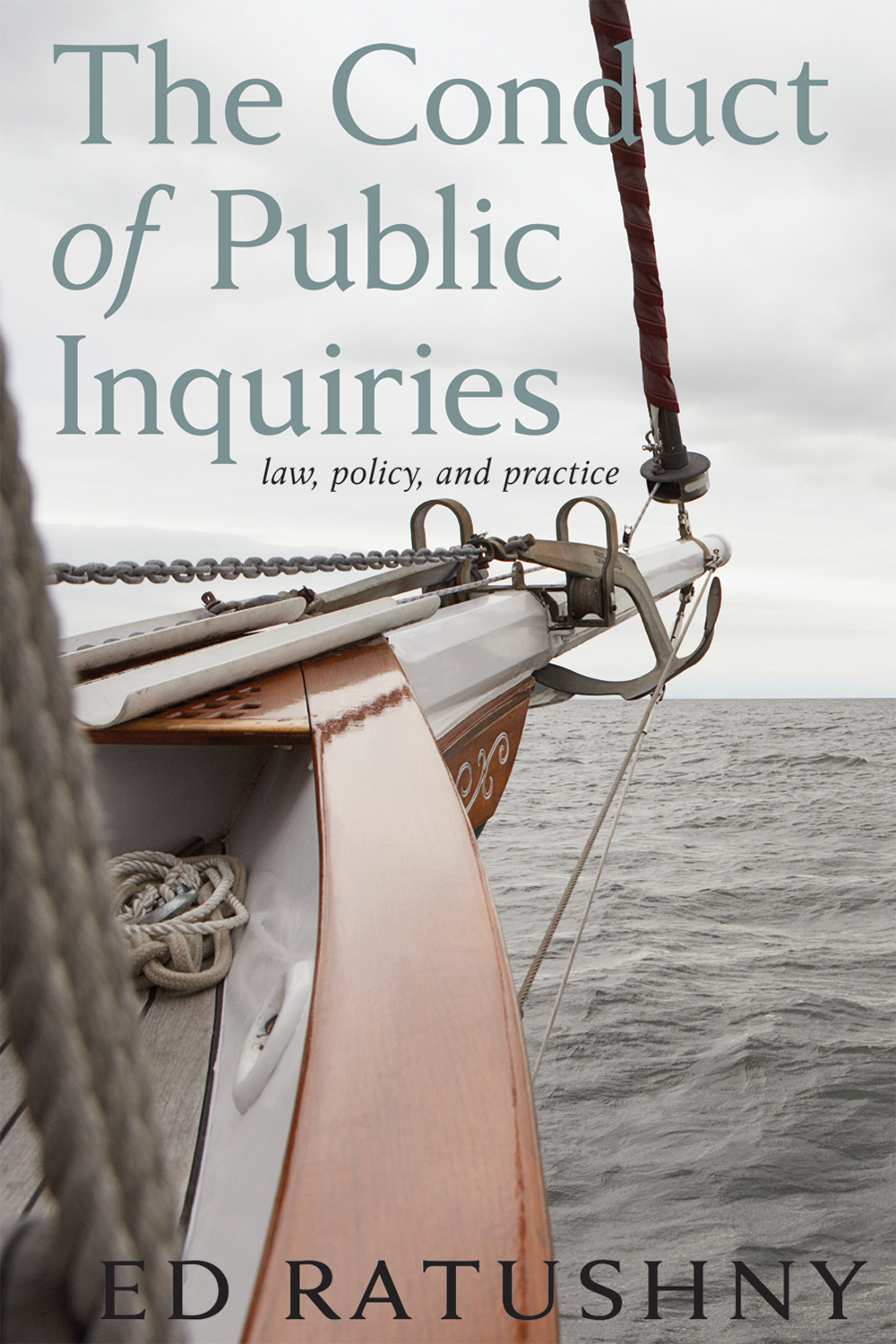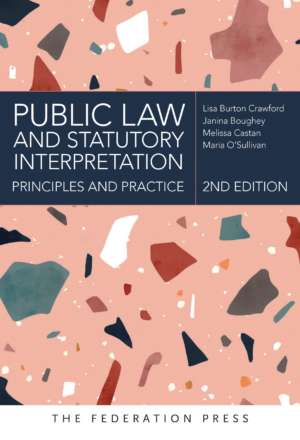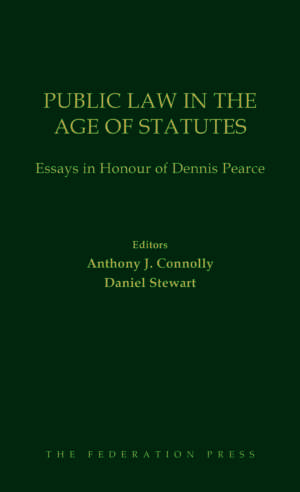Product Description
This book is the first of its kind to provide a clearly written and comprehensive overview of public law principles, together with the principles and process of statutory interpretation. The former inform the fundamental nature of the Australian legal system; the latter is vital knowledge in a legal system in which statute law is so pervasive. This approach is consistent with the contemporary case law of the Australian High Court, emphasising that the principles of statutory interpretation reflect the constitutional relationship between the legislative, executive and judicial branches of government.
More particularly, the book provides:
an overview of the origins and key stages in the development of the Australian legal system;
an explanation of the concepts and ideals that form the foundation of Australian public law;
an introduction to the institutions, structures and powers of, and relationships between, the three branches of the Australian government; and
an explanation of how, in light of key public law principles, legislation is interpreted by Australia’s courts.
This book will be useful to scholars and practitioners seeking to understand the foundational principles of Australian public law, or statutory interpretation. The four authors, all experienced researchers and teachers in public law, designed it to be a complete resource for introductory public law units, before students move on to more advanced subjects such as Constitutional and Administrative Law.
The book adopts an engaging and approachable style with expository and analytical text, combined with carefully edited extracts of key cases and straightforward commentary on both foundational and advanced issues. It also includes:
several in-depth case studies, which provide an opportunity to engage with pressing public law issues in a practical context;
discussion questions, reflective exercises and other activities, to demonstrate the contemporary significance of the issues explored in the text.


